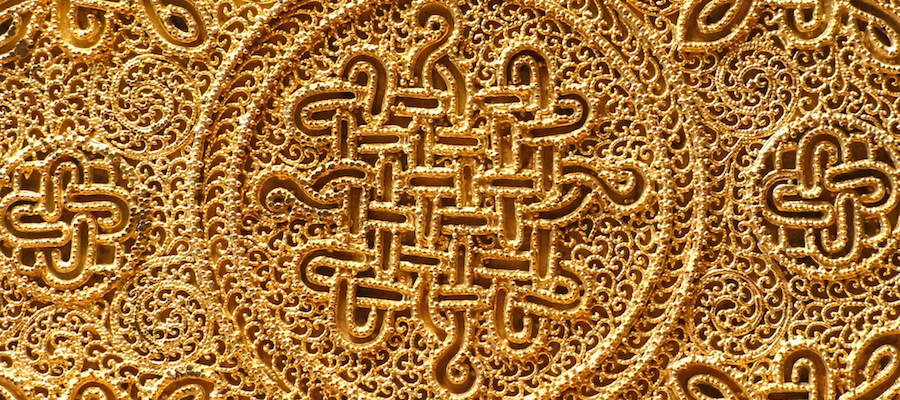New Research on Late Byzantine Goldsmiths' Works (13th–15th Centuries), Römisch-Germanisches Zentralmuseum Mainz, October 29–30, 2015
Research into late Byzantine goldsmiths‘ works is only at the beginning. This conference, the first of its kind on the subject, brings together acknowledged experts on the medieval art of the goldsmith. The period from the 13th to 15thcenturies is especially rewarding for studying and discussing questions of cultural transfer and contact between Byzantium and its neighbours. Following the events of 1204, the influence of the Crusaders, among other things, becomes noticeable in Byzantine art. To mention but a few, the rise of the Seljuk Empire or the Christianization of the Balkans and Russia led to an extensive exchange and mutual influence in art, as well as trade. This was especially so in the 13thcentury, during which the Byzantine capital Constantinople was occupied by the so-called 'Latins' for about 60 years and is very revealing in this respect. For example, elements of Western heraldry in the shape of heraldic shields or lion rampants were taken up and elements of Islamic art were adapted. These complex processes have not been studied sufficiently and will be a focus of this conference. The papers will deal with questions of typology, style, ornaments, materials, techniques and functions, as well as dating and attribution of late Byzantine goldsmiths’ works, especially proposing new dating and interpretation.
The international conference will take place on 29 and 30 October 2015 in the Römisch-Germanisches Zentralmuseum Mainz, Germany, and is organized by Dr Antje Bosselmann-Ruickbie, Johannes Gutenberg University, Institute for Art History and Musicology, Department for Christian Archaeology and Byzantine Art History.
Admission free, registration required. Please email bosselma@uni-mainz.de.
